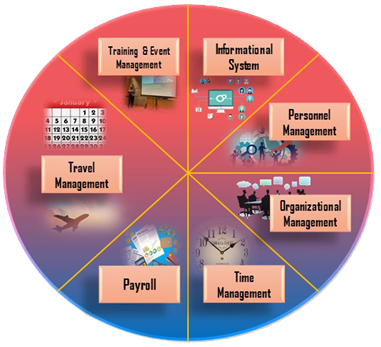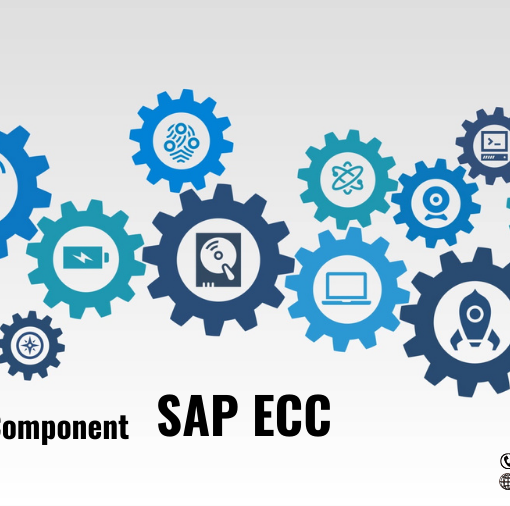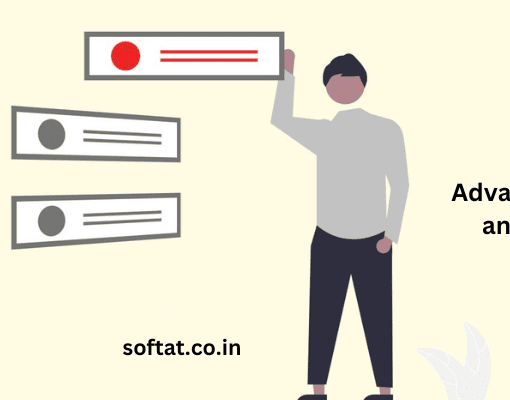What is SAP HCM?
SAP HCM (Human Capital Management) is a human resource management system. It is one of SAP’s most significant modules for establishing a well-organized management structure in business. SAP HCM experts are among the most in-demand specialists worldwide.
HCM is one of the most key activities in businesses of all sizes. The general concept of HR is limited to recruiting. HR, on the other hand, is considerably more than merely recruiting. HR not only hires employees but also categorizes them based on characteristics such as department level, payment days, payment details, designations, and so on. HR is also in charge of a variety of additional activities, like promotions, employee engagement, and team motivation. These tasks may appear to be straightforward, but putting them all together for a complete corporation is far from simple. SAP ERP operations are commonly utilized to streamline all of these HR activities. SAP HCM ERP is one of the most flexible software for HR processes widely used across industries.
Advantages of SAP HCM Implementation
There are numerous benefits to using SAP, and SAP ERP is no exception. SAP HCM training allows users to obtain a better understanding of how to use the SAP HCM module. SAP HCM ERP enables a structured HR process system to be organized in a workstation. Many tasks can be automated, resulting in less manual work and more production. SAP HCM configuration enables firms to maximize the recruitment process by allowing them to hire permanent, contract, part-time, and daily wager employees.
Furthermore, deploying the SAP HCM module does not necessitate a complete process transformation. SAP HCM User is a flexible piece of software that allows you to integrate new SAP innovations into your existing workflow. SAP includes a variety of models for various HR management processes. For example, every employee has a name, an employee ID, a designation, and so on, all of which must be recorded by the HR department of every company. Using SAP HCM tools and methods, these data can be created and saved automatically. Data can also be recorded based on time management, payroll information, and work schedules, among other things.
SAP HCM Module
SAP HCM is an extremely comprehensive personnel management system. The scope of this encyclopedia does not allow for a comprehensive description of all components of the HR solution. As a result, we focus on the most crucial modules, to which all other modules and functions are subordinated:
- Personnel Administration
- Personnel Time Management
- Payroll Accounting
- Organizational Management
- Talent Management
- Training and Event Management
- Recruitment

Personnel Administration in SAP HCM
All of the threads of human capital management come together in Personnel Administration. The personnel master record, which exists for each employee, is the focal focus here. This “digital personnel file” eliminates the need for paper-based procedures and assures that all employee data is constantly current.
Information such as organizational unit (department), pay scale and pay scale group is maintained in addition to typical employee master data such as personnel number, name, and address. Each of these items is given a validity period, which helps to form a timeline.
The high degree of transparency and traceability of changes is ensured by this temporal allocation. Overall, SAP HCM relieves the HR department of administrative responsibilities, allowing them to focus on more strategic tasks like recruiting and staff development.
“Personnel Cost Planning and Simulation (PA-CP)” is an important and deserving sub-module of Personnel Administration. PA-CP offers transparent and methodical personnel cost planning based on personnel master data, payroll outcomes, and other data sources.
Personnel Time Management
Personnel time recording is now mandatory in almost all industries. In reality, this is accomplished either by employees keeping track of their own working hours or by using time-tracking systems. In addition, many businesses employ time administrators who enter or adjust data manually. SAP HCM PT is compatible with all three techniques.
Time recording using terminals or comparable technologies is advised for achieving the highest level of automation possible. The time entries are promptly sent to the SAP system via interfaces, where they serve as the foundation for following procedures like payroll accounting.
Outside the business premises, browser-based time recording in self-service is conceivable. SAP also offers this option. In addition, SAP HCM supports classic workflows in personnel time management – for example, requests for flex days, supplements, and corrections.
Payroll Accounting
Payroll accounting is the third and most significant aspect of personnel administration. SAP HCM has all of the necessary information. This is true for master data like wage groups, working hours, different absence times, flexible salary components, and special payments. Payroll accounting is always compliant with regulatory standards.
Simulation runs, which can be performed prior to the actual payroll run, give additional protection. Any mistakes can be fixed in advance. Different paycheck periods are also supported by SAP HCM PY. This is especially advantageous for businesses with a global presence.
Organizational Management
Organizational Management is used in the SAP HCM environment to map the overall enterprise structure to its organizational units. In addition, the module supports process organization analysis and personnel studies for personnel planning. SAP HCM OM can be used to plan for impending organizational changes. Finally, this module is the foundation for functions like career planning and applicant management.
Talent Management
In SAP HCM, the primary function of talent management is to compare unfilled and available positions to existing human resources. This is done based on predetermined criteria like qualifications and personal interests. At the same time, these features enable employees’ specific career and development goals, as well as the accompanying target agreements, to be mapped in the system.
It’s also important to note that talent management is divided into sub-modules. Performance Management (PEM) and Learning Solution (LSO) are two of them. SAP SuccessFactors, a cloud-based product that can be linked with SAP HCM, is now seen as the successor of the talent management module.
Training and Event Management
Personnel Development and Training and Event Management are inextricably intertwined in SAP HCM. It aids in the planning, execution, and evaluation of training and further education events. As a result, the system can keep a whole event catalog, including lecturers, rooms, and papers. Existing events can be reused as templates and scheduled on a regular basis. Registrations are also feasible to acquire.
It allows cost center assignment and invoicing at the conclusion of the event. It’s also beneficial to employ a feature that allows you to directly transfer qualifications to HR master data. Each employee’s training history is automatically generated if necessary.
Recruitment
The HCM module Recruitment supports companies in the management of vacancies. With this, you can also move job requirements job descriptions to online platforms. Many functions, such as scheduling employment interviews or setting application deadlines, may be done automatically and easily tracked. The entire employment procedure can be mapped out independently.
Candidates have access to their own master data administration. As a result, it is not only possible to create a pool of applicants that can be used as needed. If you are employed, transferring the applicant master data to the newly formed HR master data is a breeze.
Submodules of SAP HCM
- ESS/MSS: Employee Self Services/Manager Self Services
- Structural (dynamic) authorization assignment
- Personnel appraisals





